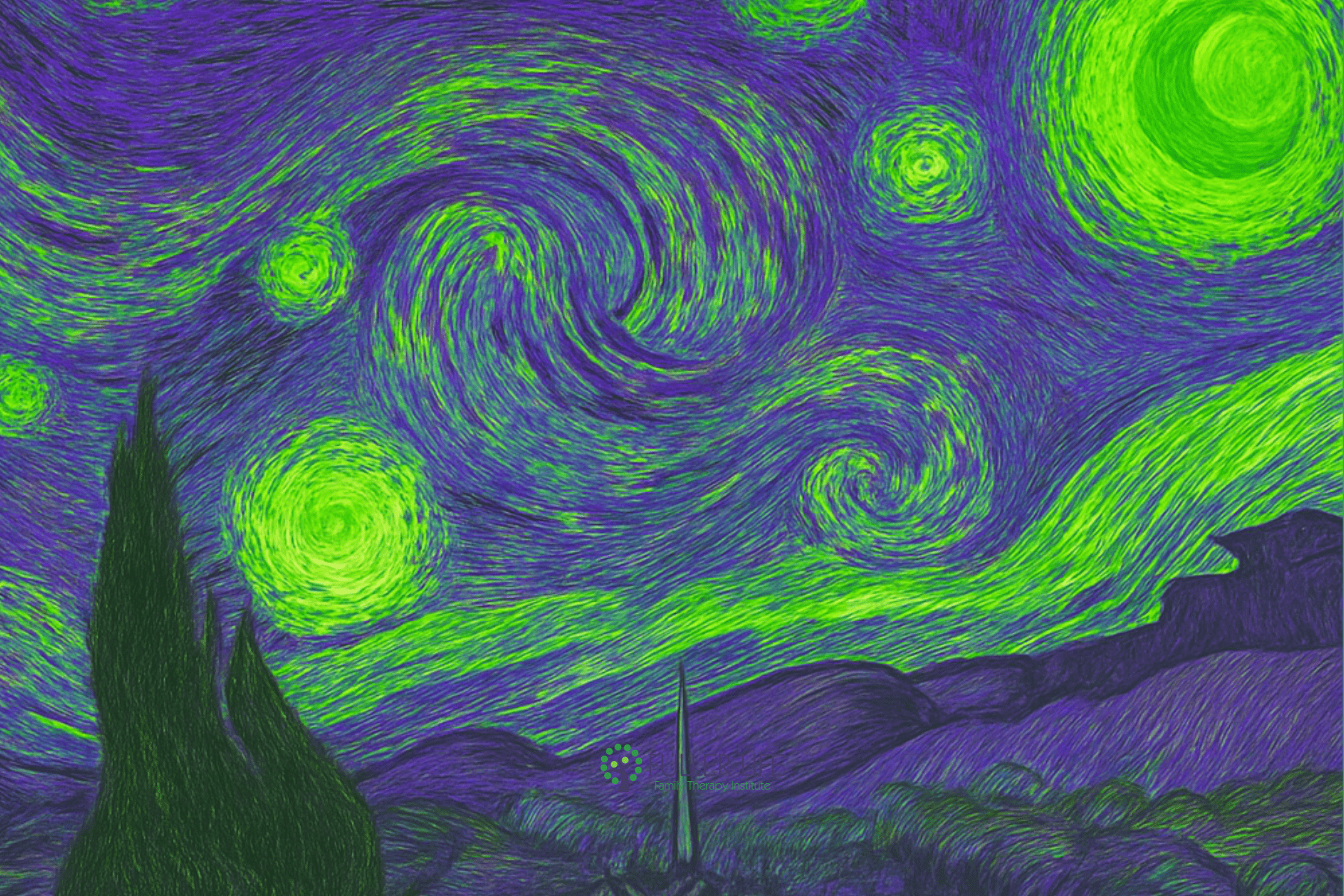On the Other Side of Burnout
“Life is full of difficulties. If we don’t have enough happiness on reserve, we have no means to take care of our despair.” Thich Nhat Hanh
At different times we may find ourselves feeling overwhelmed and fatigued by the multiple demands of our lives. We check emails, text, commute, go to work, chauffer kids, volunteer, cook, attend doctor’s appointments, plan dates, etc. The list of tasks can sometimes seem like it will never end. We may even begin to feel worn out, disillusioned, or even hopeless. Many Americans suffer under the strain of the constant stress and our frantic pace. We are on the edge of burnout both physically and emotionally. According to the World Health Organization, the United States is one of the most anxious nations as nearly one-third of our population will suffer from anxiety during the course of a lifetime. Depression rates are currently on the rise with 20% more cases diagnosed every year.
What is Burnout?
“Burnout is a state of emotional, mental, and physical exhaustion caused by excessive and prolonged stress. It occurs when you feel overwhelmed and unable to meet constant demands. As the stress continues, you begin to lose the interest or motivation that led you to take on a certain role in the first place.” (Segal, Smith, and Segal, 2014)
What are some ways we can become more aware of burnout and exhaustion in our own life? Where could we focus helpful changes to prevent or heal from burnout? In the book Finding Peace in a Frantic World, authors Penman and Williams begin to shed some light on the experience of burnout using Marie Asberg’s illustration of the Exhaustion Funnel.
The widest circle of the funnel represents life when we feel most balanced and energized. At the top, life is open wide to the world. We have meaningful balance between responsibilities and enjoyable activities. However, when we go through a crisis, or when demands increase, we tend to cut out things that are “optional” in order to meet the new challenges. Unfortunately, we may cut out things that are not necessarily urgent, but nourishing, such as rest, play, exercise, time with friends, time away from technology, journaling, and spiritual practices. As demands and responsibilities increase, we unintentionally cut out the things that fill us and energize us. We are pulled deeper and deeper into the funnel as we focus our remaining energy on the demands that deplete us while continuing to cut the things we need most. We may not even realize this is happening until we find ourselves at the bottom of the funnel feeling angry, lifeless, numb, anxious, or exhausted.
Meaningful Balance
Williams and Penman suggest a journaling activity to assess how much of our life is devoted to activities that nourish us and how much are devoted to activities that deplete us.
“First, mentally run through the different activities that you do in a typical day. Feel free to close your eyes for a few moments to help bring these to mind. If you spend much of your day doing the same thing, try breaking the activities down into smaller pieces, such as talking to colleagues, making coffee, filing, word processing, and eating lunch. And what sorts of things do you find yourself doing in a typical evening or weekend. Now, write it all down, listing maybe between ten and fifteen activities of a typical day in a column on the left-hand side of your page. When you have your list in front of you, ask yourself these questions:
- Of the things that you have written, which nourish you? Which lifts your mood, energizes you, makes you feel calm and centered? What increases your sense of actually being alive and present, rather than merely existing? These are nourishing activities.
- Of the things that you have written, which deplete you? What pulls you down, drains your energy, makes you feel tense and fragmented? What decreases your sense of actually being alive and present? What makes you feel you are merely existing, or worse? These are depleting activities.
Now, complete the exercise by putting an “N” for “nourishing” or a “D” for “depleting” on the right-hand side, corresponding with each activity. If an activity is both, put down your first reaction, or if you cannot simply choose, put N/D or D/N.” (Williams and Penman, 2011)
 The purpose of this activity is to create awareness of the balance in our life between those things that nourish and those things that deplete. If more balance is needed, we can add nourishing, self-care back into our daily life. For some nourishing self-care ideas, check out Fuller Life’s Healing Practices and also Olga Phoenix’s Self-Care Wheel.
The purpose of this activity is to create awareness of the balance in our life between those things that nourish and those things that deplete. If more balance is needed, we can add nourishing, self-care back into our daily life. For some nourishing self-care ideas, check out Fuller Life’s Healing Practices and also Olga Phoenix’s Self-Care Wheel.
More helpful information on self-care and burnout prevention can also be found at these sites:
Alessandra Pigni. Burnout: The Exhaustion Funnel
Mark Williams and Danny Penman Website: Finding Peace in a Frantic World











